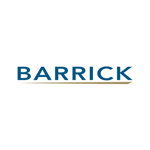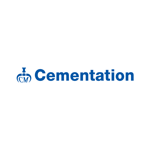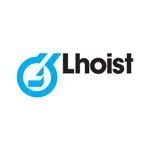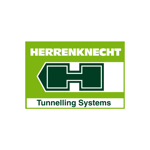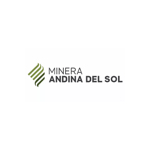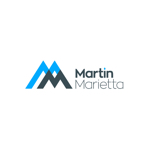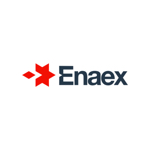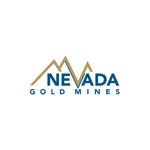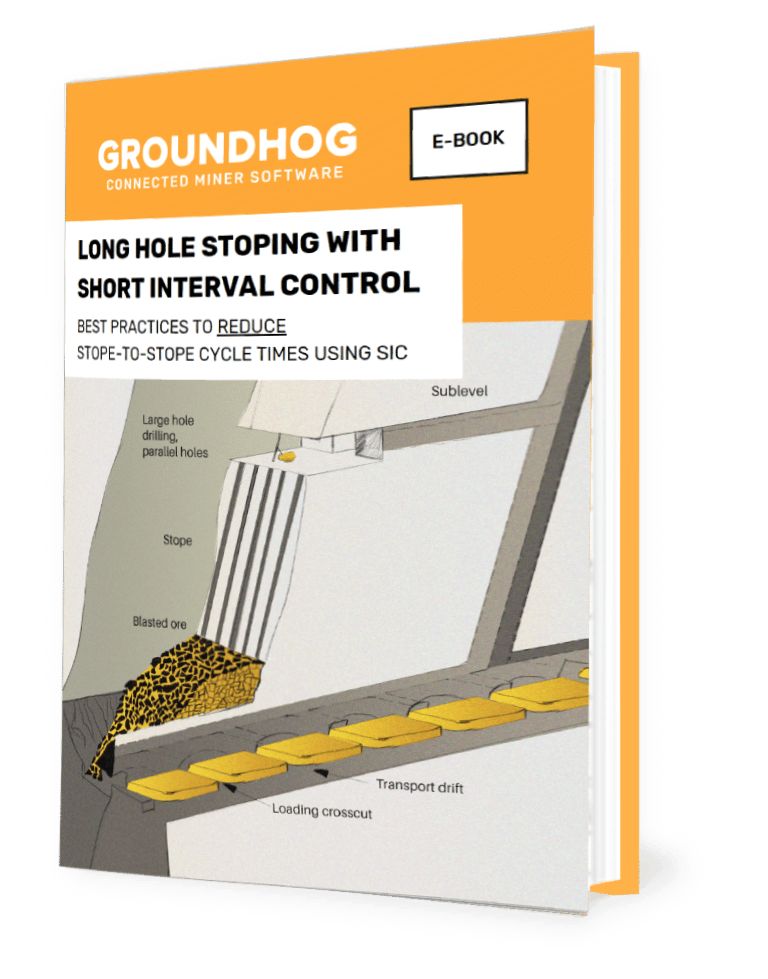Strategies to minimize mining operating costs
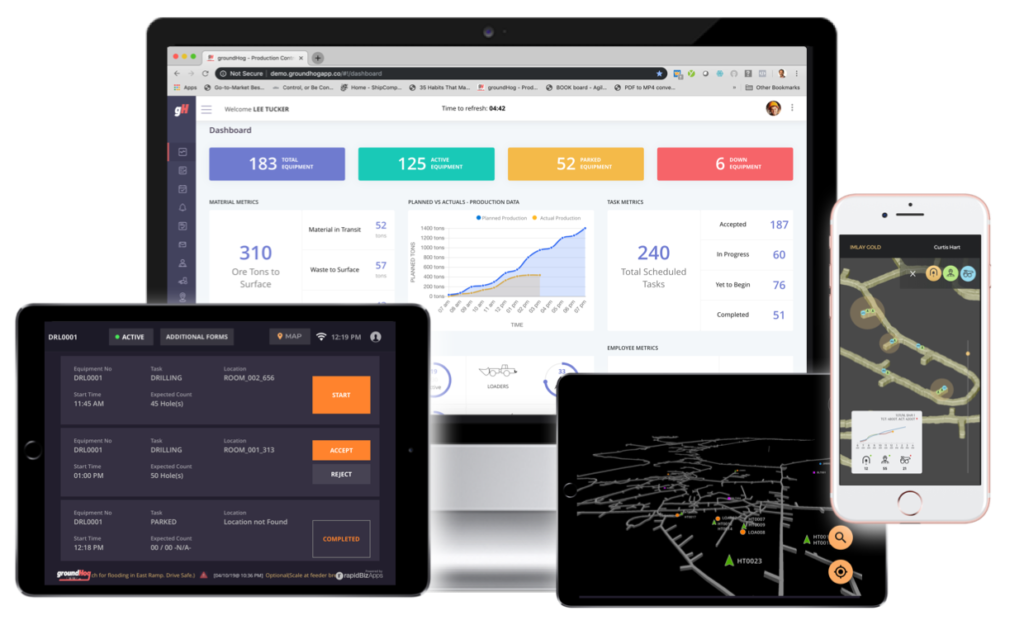
Fact is that Mining companies, for the most part, mine commodities. Firms in a commodity market are price takers, and are at the mercy of gyrations in the commodity price — and while the industry is cyclical, it is also highly volatile. Demand shocks happen from time to time and geo-political tensions typically lead to supply side shocks. And like the stock market, the mining industry does not have a universally accepted set of tools to predict future prices and plan for profitability.
Company strategies depend heavily on the current state of the market. When commodity prices are going up, companies develop marginal high-cost, low-productivity mineral deposits, supported by high commodity prices. But when prices go down, companies respond by slashing costs and mothballing a subset of their portfolio of assets – a natural response to a shifting market cycle.
It is practically impossible to control the vicissitudes of the world’s economy that lead to shifts in currencies and prices of commodities. But, miners can control the way they operate. Companies are now focusing on reducing their mining operating costs and will have to move away from reactive cost-cutting methods and create sustainable programs for cost management. Here are some strategies to consider.

Better management of budgets and risks
In order to improve outcomes and deliver the value targeted, mining companies can:
- Make the management of the working capital more robust.
- Let the engineers, mine operators, procurement, and construction management operators, as well as the manufacturers, know the key numbers and metrics.
- Get a clear picture of the actual expenditures, including the amount spent on every unit of production.
Better planning of mines
Before a company can start excavating, it is imperative to have a plan in place to ensure maximum productivity in the least amount of time. The following can be kept in mind to increase productivity:
- Build a team of people experienced in mine planning to improve operations performance and keep an eye on the volume produced daily, mining locations, and the mineral content.
- Use enhanced sequencing to optimize mine sites.
- Increase cut-off grades to raise the bar on quality.
- Increase the production from mines where the cost is low and prioritize them.
- Curb capital expenditures on mines that have a lower potential for production and won’t be around for long.
Use technology to improve efficiency
When you improve productivity, you increase output for every unit of time, every unit of quality, and every unit of cost. While humans are up to the task of doing the best they can, to optimize productivity, the use of technology can do away with a lot of human errors and a lot more.
- Production visibility tools help keep an eye on mining operations from pit to port and can be used to get an automated visual of the whole process.
- Transform systems with the latest technologies assess the core drivers of the business, like operating times and rates.
- Unifying reporting systems with a dashboard that has been created according to the business needs help report on the actual performance.
- New technologies that will help improve productivity and unlock deposits on sites should be looked into.
Workforce planning
To get the most out of the people who work for them, companies need to know what to expect exactly from the workforce and use the existing talent pool to make the most of what is available. To optimize the current workforce, companies can:
- Initiate various programs to engage employees, including (but not limited to) flexible
rosters and training programs to help them develop their careers for the long term. - Hire the local populace and train them in essential job functions.
- Help teams understand the business models that work around mines, plants,
infrastructure, and sustainability. This will make them feel more invested in the
company and help them perform their best. - Create and nurture a culture that encourages spending the company resources wisely.
- Embrace work practices like work clusters and cross-trainings to help cut costs and
use resources wisely. - Mentor staff to identify and fix issues with equipment.
- Educate supervisors and workers about the data and tools available.
Optimize operations
Bringing down mining operating costs is not very difficult. However, its sustainability is a
different challenge altogether. To bring down prices so that they stay down, companies can try the following:
- Create processes and methods that improve operations that can sustain for a long time.
- Look at what other industries are doing and learn from them.
- Turn to Six Sigma methodologies (like shareholder value analysis) to look for gaps in inefficiency of operations.
Eliminate unplanned maintenance
For many mining activities, unplanned maintenance represents a major financial drain.
- Tire monitoring systems track the real-time condition of tires, informing managers as soon as it detects a change in performance, which enables them to predict potential failures before any risks become a reality.
- Predictive maintenance systems help to monitor the health of all critical equipment in real-time. This functionality prevents unexpected downs, saving millions in lost
productivity and expensive and premature component replacement. - Maintenance teams can identify historical patterns in performance and factors. They can then confidently extend component life well beyond standard time frames without risk of catastrophic failure.
Automate dispatching to decrease wait time
Excessive waiting may produce a substantial drain on the overall performance of a mine.
The time lost in every haul cycle through under optimized breaks and fueling add up to fewer payloads per shift.
- Advanced dispatching algorithms can be tuned to optimize the hauling
performance, thereby reducing wait times. This results in high efficiencies and
low costs.
An iron ore mine that experienced ‘boom-time’ growth in the mid to late 2000s needed to improve productivity, thereby reducing the costs. It was suffering the effects of inefficient mine management and poor workforce planning. GroundHog helped the mine to optimize the mining processes and improve the productivity of the shaft. This iron ore miner now has the tools and knowledge necessary to reduce the ongoing operating costs.
While not all of these strategies will apply to all companies, we at GroundHog, can work with you to help improve productivity, while lowering All in Sustaining Costs (or C1/C3 Cash Costs) in the mining life cycle.
About GroundHog
easy to use connected miner software.
Get a 30 min. demo
Companies you know work with GroundHog
